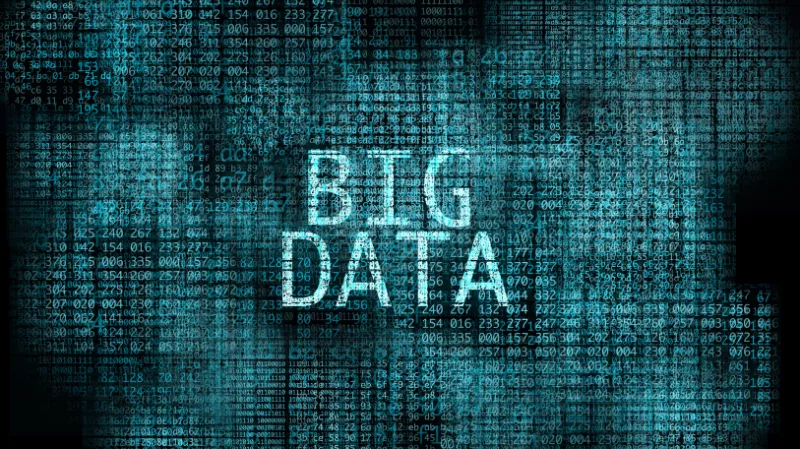What is Big Data?
What is Big Data?
In today’s digital age, Big Data is a valuable and rapidly growing resource. But what exactly is Big Data, and how can it transform businesses? Imagine vast volumes of data gathered from various sources, revealing hidden patterns and offering strategic insights. Curious to learn more? Let’s explore how these data insights are revolutionizing industries and shaping business decisions.

ig Data refers to vast datasets, structured or unstructured, requiring specialized tools for insights and decision-making. Introduced by Clifford Lynch in 2008, it has since revolutionized data processing, enabling companies to analyze information beyond the capacity of conventional tools.
By 2014, top universities launched Big Data programs, while tech giants like Microsoft, IBM, and Google developed data processing tools. Today, Big Data is integral to sectors like finance, healthcare, and entertainment.Why is Big Data Important?
The rise of the internet and digitalization has led to an exponential increase in data generation. Businesses recognized that data holds valuable information for optimizing processes, predicting trends, and enhancing sales. With technological advancements in data storage and analysis, real-time Big Data processing has become possible, making it a critical asset for decision-making.
Characteristics of Big Data
Its primary characteristics, often called the five V’s, include:
- Volume: The sheer amount of data exceeds what traditional tools can handle.
- Velocity: Data is generated at high speeds, requiring quick and efficient analysis.
- Variety: Data comes from diverse sources, including relational databases, sensors, social media, and mobile devices.
- Value: Data can reveal new insights, driving better decision-making.
- Veracity: Data must be reliable and accurate for effective use.
These characteristics are pivotal in driving innovation, laying the groundwork for next-generation products and services. For those looking to harness the transformative power of Big Data, NewTech Academy has a specialized Data Analyst course, meticulously crafted to cultivate advanced expertise and prepare professionals to lead in this dynamic field.
Types of Big Data
- Structured data
- Semi-Structured data
- Unstructured data
Big Data Sources
Big Data originates from multiple sources:
- Human-Generated Social Data: Information from social media, websites, and GPS tracking. Analysts also use demographic and lifestyle data for insights into quality of life.
- Transactional Data: Financial data from purchases, bank transactions, and ATM use, crucial for financial analysis and fraud detection.
- Technological Innovations: Data from smartphones, IoT devices, and other technology equipment. This data aids infrastructure and equipment management through insights from sensors and tracking systems.
Data Collection and Preparation
Data collection varies by source and type but generally includes:
- Source Identification: Data sources can be internal, like relational databases, or external, like social media or sensors.
- Data Collection: This step can be manual or automated, with software often used for automated data extraction.
- Data Preparation: Preparing data involves cleaning, transforming, and organizing it, including adding metadata for context.
- Data Loading: Once prepared, data is loaded into systems that support large-scale processing.
Challenges in Big Data
While promising, Big Data presents several challenges:
- Volume and Complexity: Managing vast, complex data sets can exceed the capabilities of traditional systems.
- Privacy and Security: Protecting sensitive data is essential to prevent unauthorized access.

Big Data is a powerful tool, driving innovation and improvement in today’s business world. In 2024, industries use it to streamline processes, predict trends, and improve decisions. Despite privacy and data challenges, it holds immense potential for those who harness it effectively.




